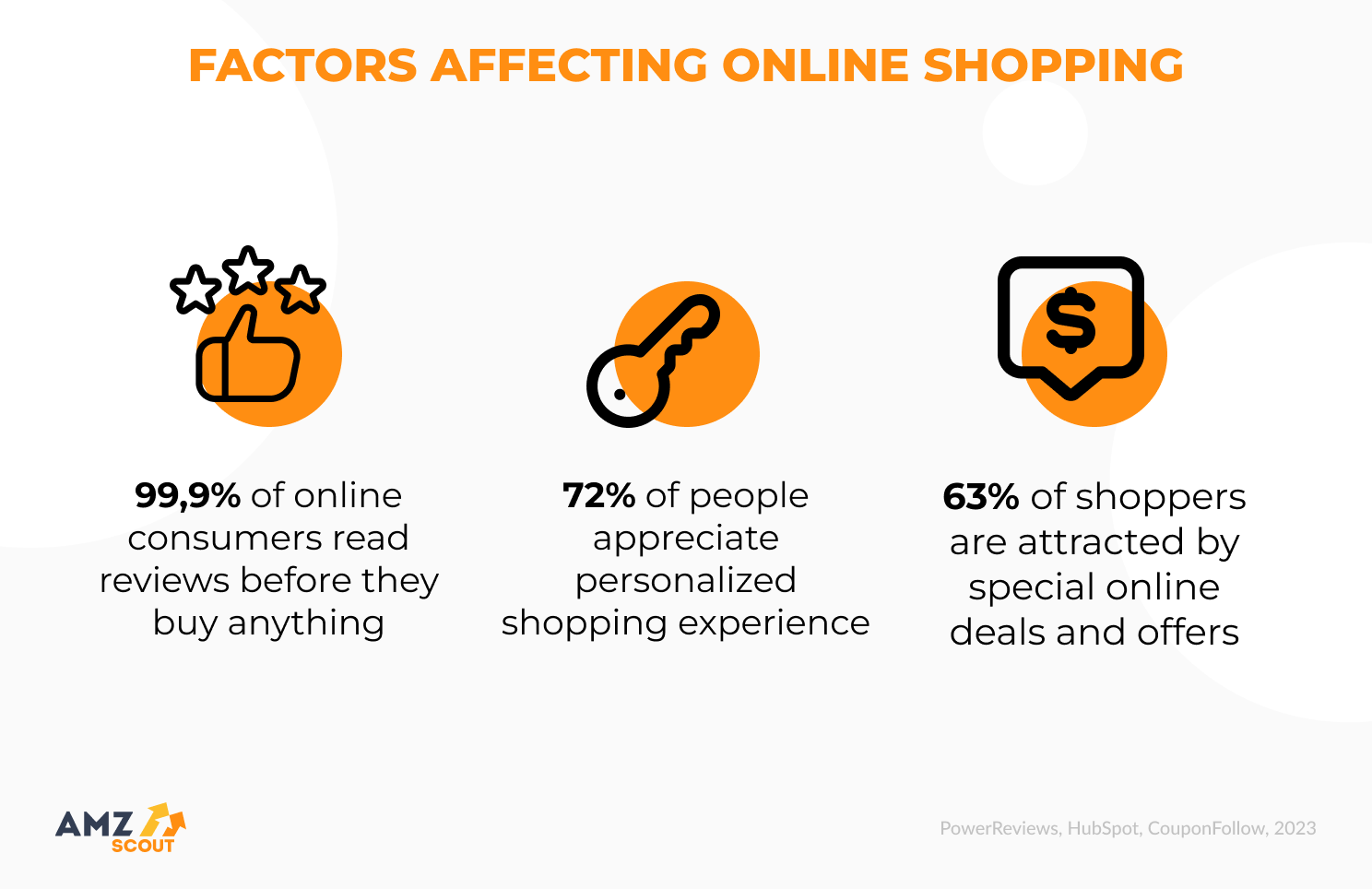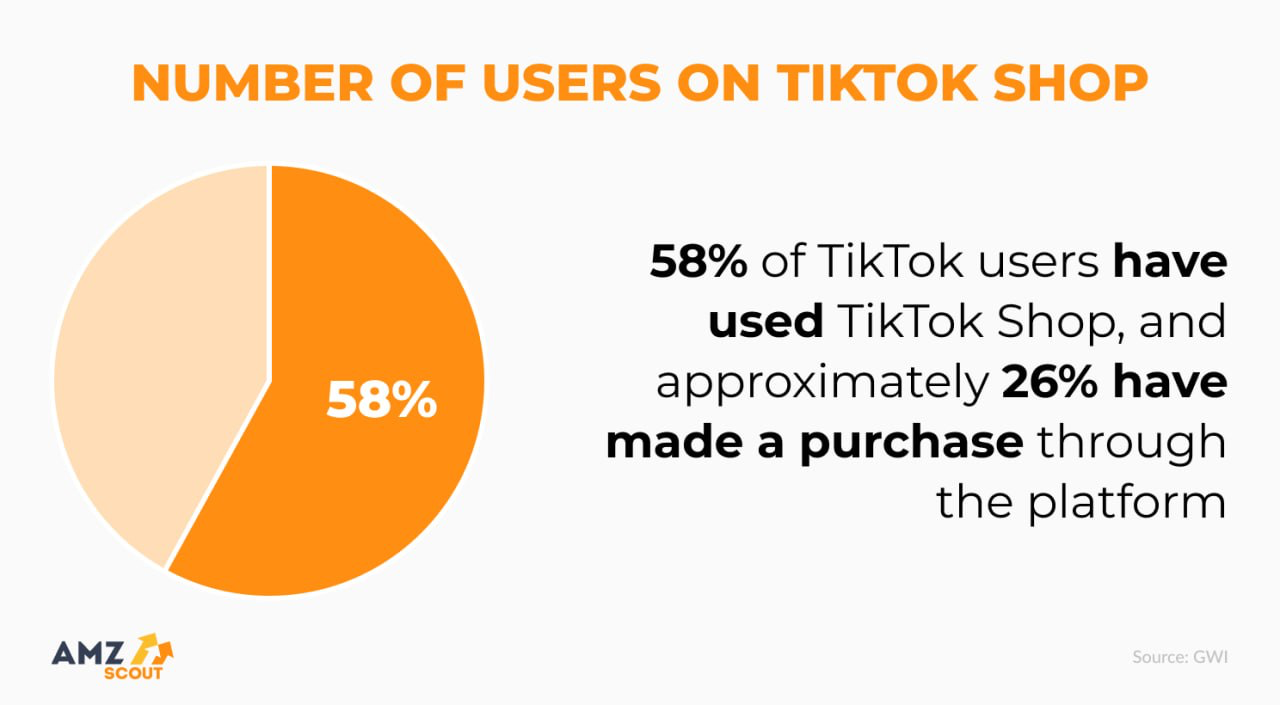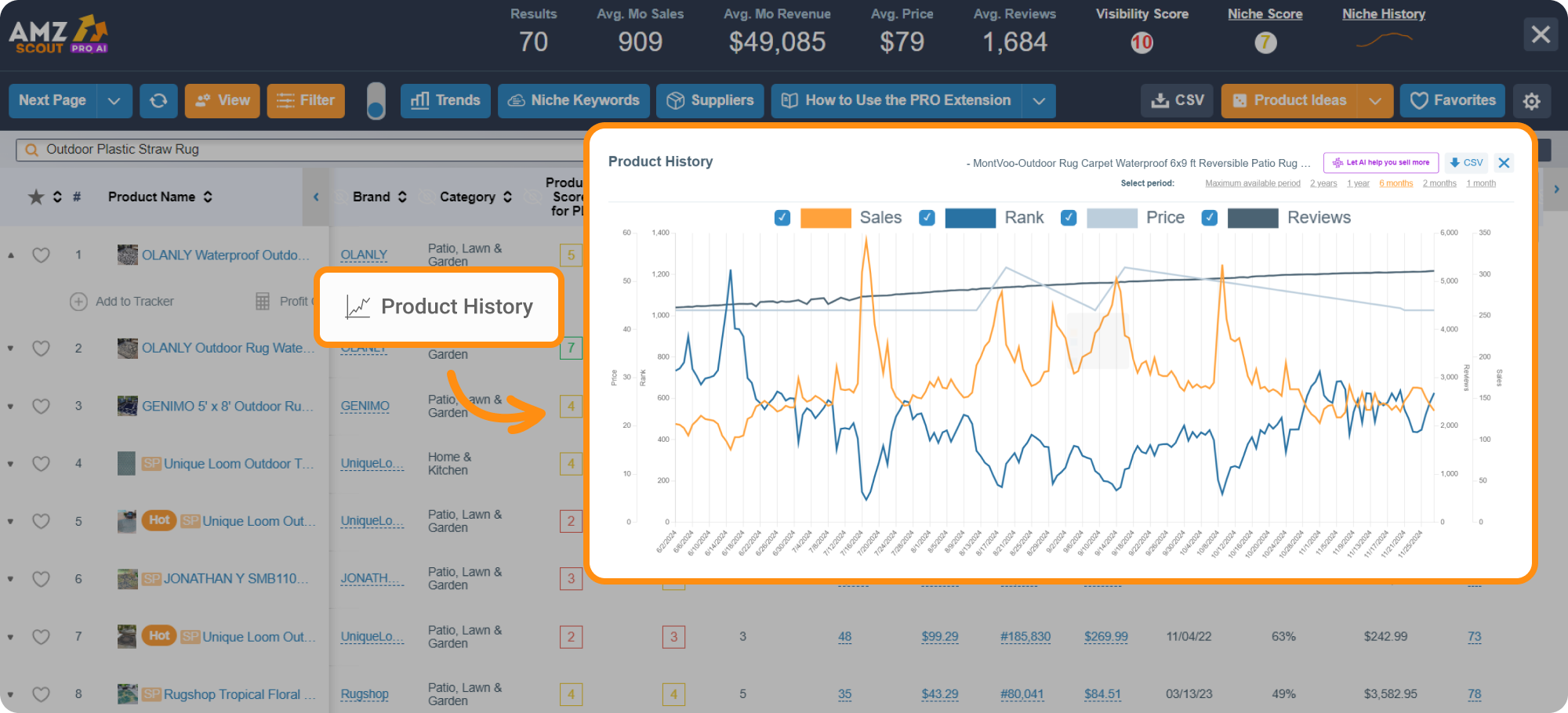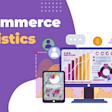
10 Factors Influencing Online Shopper Behavior and Tips for Sellers
Online shopping has become an integral part of our lives, especially in an era when technology continues to advance rapidly. With just a few clicks, we can purchase nearly anything and everything online, making it extremely convenient for shoppers. However, the decision-making process behind online shopping is more complex than we may think.
In this article, we’ll explore 10 key factors that influence online shopper behavior, and we’ll offer actionable tips for sellers to leverage these insights to boost their business performance.
10 Factors Affecting Online Shopping Behavior
Understanding the key factors that influence online shopper behavior is essential for businesses aiming to attract and retain customers. Here are 10 key factors that shape online shopping behavior:
1. Website Convenience
A user-friendly design is crucial for retaining online shoppers. Amazon, for example, ranks as one of the most-visited websites globally and is the fourth most popular site in the U.S., attracting over three billion visitors. Nearly half of Amazon users choose this platform because of its convenient, easy-to-use website. This streamlined navigation and fast-loading pages make it simple for customers to find what they need quickly, contributing to higher conversion rates.
2. Price Comparison
Online shoppers are highly motivated by competitive pricing, with over half opting for platforms that offer special deals and promotions. To capture this audience, sellers can implement strategies like discounts, product bundles, or limited-time offers.
For sellers who manage their own websites, adding a feature that strikes through the original price and highlights the new, discounted price can be particularly effective. This visual cue simplifies price comparisons for shoppers, draws attention to savings, and creates a sense of urgency, which encourages quicker purchasing decisions.
3. Trust in Reviews
Customer reviews also have a massive influence on what people choose to buy. In fact, according to statistics, 99% of shoppers read reviews before buying a product, making it crucial for sellers to maintain positive feedback. Additionally, by studying the reviews of a given product, sellers can identify areas for improvement, refine their products, and enhance their services to better meet customer expectations.
4. Search Behavior
Shoppers often don’t scroll past the first page of search results, so ensuring that your listing appears higher among those results is critical. This can be achieved by optimizing your listings with SEO-friendly titles, descriptions, and keywords, all while keeping your content clear and customer-focused. By making your product easy to find, you increase the chances of attracting more shoppers and driving sales.
Note: If you’re selling on Amazon, the AMZScout Listing Builder tool can help you create compelling, SEO-optimized text in seconds, boosting your product’s visibility.
5. Personalization
Shoppers also increasingly appreciate tailored experiences, with two-thirds preferring customized recommendations for similar products or exclusive offers. For sellers of certain types of goods, such as luxury items or medicine, personalized email communication or a dedicated account manager can strengthen trust.
Additionally, personalization is a growing product trend—over 70% of customers prefer brands that offer unique products. This enhancement not only improves the customer experience but also fosters stronger, long-term loyalty.
6. Social Media Influence
Shopping habits are shifting dramatically, with over a third of consumers now searching for products and services through social media platforms instead of performing traditional web searches. Meta platforms lead the way, closely followed by YouTube, where nearly 30% of U.S. citizens have made a purchase at one time or another. TikTok has also emerged as a favorite among younger generations, with over 20 million users making purchases either through links shared on the app or directly on the platform.
Influencers also play a pivotal role, with 61% of shoppers stating that they trust their recommendations. In order to stay competitive, sellers need to focus on building a strong social media presence, selecting platforms that align with their target audience, and collaborating with bloggers and influencers to extend their reach and connect with potential customers more effectively.
7. Mobile Shopping
Optimizing for mobile devices is essential, as nearly half of all e-commerce sales now take place here, so your site needs to be user-friendly for smaller screens. A responsive design helps your store look great on any device, while quick-loading pages and simple navigation keep shoppers engaged. Testing across different devices can highlight what kinds of tweaks are needed to improve usability.
8. Special Sales and Events
Shopping holidays present numerous sales opportunities. If you're selling on online marketplaces, events like Amazon Prime Day offer a great chance to move inventory quickly. For instance, during Amazon Prime Day 2024, sales reached a record-breaking $14.2 billion. To make the most of these occasions, plan your advertising in advance and make sure you're stocked with seasonal, themed products in time for major holidays like Christmas.
9. Delivery
Fast and accessible delivery is one of the major benefits that online shoppers prioritize. For instance, nearly 40% of Amazon customers cite quick delivery as a key reason for choosing to shop on the platform. To ensure a smooth experience and customer satisfaction, and avoid issues like lost packages and unexpected customs fees, it's important to partner with a reliable courier service.
10. Sustainability
An increasing number of shoppers prioritize sustainability when making purchasing decisions. Businesses that focus on eco-friendly packaging, carbon-neutral shipping, and sustainable sourcing resonate with environmentally conscious consumers.
Additionally, some sellers donate a portion of each sale to charitable causes or offer customers the option to contribute when buying their products. This appeals to shoppers' sense of doing good, making them feel that their purchase has a positive impact beyond the product itself.
The insights outlined above highlight global trends that apply across various platforms. Below, we focus on how Amazon sellers can adapt to these changes, as Amazon is not only the largest marketplace in the U.S. but also home to a vast number of sellers competing to meet evolving consumer demands.
How Amazon Sellers Can Adapt
Amazon, the world’s largest online retailer, commands the e-commerce landscape with a staggering catalog of over 350 million products. It can seem overwhelming to attempt to stand out and generate sales in such a competitive environment. However, with the right strategies, you can navigate this dynamic marketplace effectively and achieve success.
Here are some tips to help you:
Tip 1: Optimize Your Listings for Searches
Optimizing your listings so they rank higher among search results is essential to boost visibility on Amazon. This process involves identifying relevant keywords that potential buyers are using to search for products similar to yours and strategically incorporating them into your product titles, descriptions, bullet points, and backend keywords.
To save time and get the most relevant information, consider using the AMZScout Keyword Search tool. It helps you identify high-performing keywords in your niche, which boosts your listing’s search rankings, drives more traffic, and ultimately increases sales.
Tip 2: Offer Competitive Pricing
To stay competitive, your pricing strategy must be reviewed regularly and adjusted based on market trends. Offering competitive prices helps to attract price-conscious shoppers and can give your products an edge over others in the same category. Be sure to evaluate your competitors' prices and implement flexible pricing strategies that keep your listing attractive to potential buyers while maintaining profitability.
Tip 3: Analyze Shopper Trends
Understanding shifting shopper preferences and habits is key to adjusting your offerings effectively. With AMZScout PRO AI, you can track the sales performance of specific products or niches over the past two years, so you can get valuable insights into demand patterns and market trends. This data allows you to make informed decisions on inventory and your marketing strategy.
For instance, if the data shows that a product has a seasonal spike in demand (like during the holidays), you can run ads early and stock up to maximize your profits during peak sales.
Additionally, the AI-powered feature offers recommendations to enhance your brand’s products and align them with market demands. It also helps you identify top resale items by highlighting their key advantages, which enables you to boost sales and improve the overall shopping experience for customers.
Tip 4: Focus on Visuals
High-quality visuals are key for online stores to attract buyers and build trust. Use professional images that feature the product from multiple angles and lifestyle photos to help customers visualize the product in real life. Ensure that all images meet Amazon's requirements for white backgrounds, minimum size, and clarity to maintain a polished and compliant listing. These details can boost conversions significantly by making your store more appealing and user-friendly.
Additionally, videos have been shown to influence over half of customer purchases. If you're selling your own brand, consider enrolling in Amazon's Brand Registry to access A+ Content, which allows you to add extra information to your images, helping customers set clear expectations.
Tip 5: Leverage Reviews and Ratings
Customer reviews and ratings are powerful tools for influencing purchasing decisions. Encourage satisfied customers to leave feedback using Amazon's "Request a Review" button, and address any concerns promptly with high-quality customer service within 24 hours. This will help you garner more positive reviews and higher ratings, setting your product apart from competitors and driving sales.
Achieving success on Amazon requires a comprehensive and adaptable strategy. By applying these proven techniques and maintaining flexibility, you can set yourself up for long-term growth and achievement.
Conclusion
Adapting to shifting consumer behavior is crucial and involves key strategies, such as consistently researching product trends and optimizing your listings. Consider using the AMZScout toolkit to help you streamline these tasks, so you can stay focused on your customers. By doing so, you can drive long-term success in an ever-changing Amazon marketplace.









